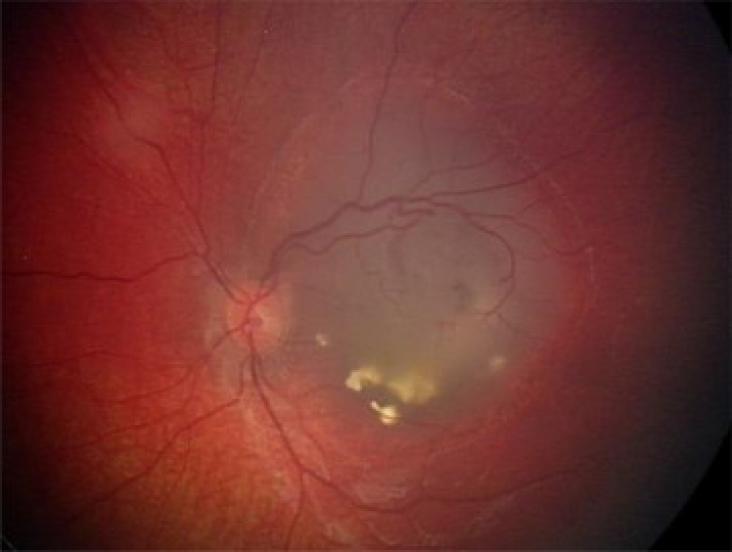This chapter aligns with Goal 14: Life Below Water and Goal 3: Good Health and Wellbeing by highlighting some of the many beneficial nutritional applications of marine-derived lipids.
This chapter advances SDGs 3, 4, and 10 by exploring topics with emphasis on the benefits and challenges of talking with youth about race and identity, strategies for coping, and ways that we can help promote racial healing in ourselves and our communities.
Elsevier,
Great American Diseases
Their Effects on the course of North American History
2022, Pages 301-317
This content aligns with Goal 3: Good Health as well as Goal 10: Reduced Inequalities by describing the history of AIDS.
This content links with Goal 3: Good health and well-being and Goal 10: Reduced Inequalities by providing coverage of the clinical syndrome of a primary progressive aphasia (PPA), the demographics of this rare neurodegenerative disease, defining clinical and neuroanatomic characteristics of each PPA variant, disease progression, and behavioral features.
Elsevier,
Autophagy Dysfunction in Alzheimer's Disease and Dementia, First Edition, 2022, pp 263-290
This chapter advances the UN SDG goals 3 and 17 by reviewing recent drug discoveries and autophagy regulation which is essential for the treatment of AD.
This chapter advances the UN SDG goals 3 and 17 by brings together medical and computational domains to discuss the use of deep learning (DL) and machine learning (ML) in the early detection of AD.

Understanding the genetics of retinoblastoma has enabled clinicians to develop targeted screening guidelines based on genetic risk, minimising unnecessary screening exams, and focusing resources on individuals at greatest risk. The goal of SDG target 3.d is to strengthen the capacity of all countries, in particular developing countries, for early warning, risk reduction and management of national and global health risk.
This content links with Goal 3: Good health and well-being and Goal 10: Reduced Inequalities by providing understaning of the genetics of retinoblastoma enabling clinicians to develop targeted screening guidelines based on genetic risk, minimising unnecessary screening exams, and focusing resources on individuals at greatest risk.
Violence against women (VAW) is a violation of human rights rooted in gendered social structures and a pervasive problem worldwide.
Across cultures, women prefer participation in nonviolent opposition to government rather than violence.
